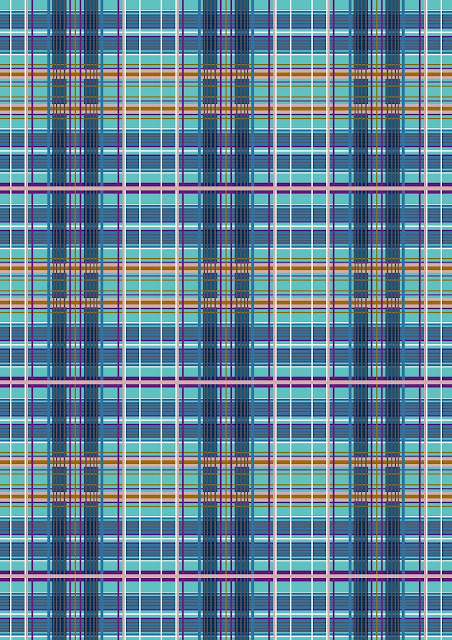Elevate Your Packaging Game: A Comprehensive Look at Post-Printing Machines Introduction: In the ever-evolving landscape of packaging, staying ahead of the competition requires innovation and efficiency. Post-printing machines have emerged as game-changers in the packaging industry, offering manufacturers unparalleled flexibility and quality in producing corrugated boxes. This comprehensive guide aims to delve into the world of post-printing machines, exploring their functionalities, benefits, and the transformative impact they have on elevating packaging standards. Understanding Post-Printing Machines: Post-printing machines are integral to the manufacturing process of corrugated boxes, enabling the application of graphics, text, and branding onto pre-formed boxes. Unlike pre-printing methods, which occur before corrugation, post-printing takes place after corrugation, allowing for greater customization and efficiency. Types of Post-Printing Machines: Flexographic Printing Presses: Th...
What is screen printing mesh ?
Screen printing mesh is a woven fabric that is used to create the stencil, or screen, for the screen printing process. The mesh is stretched tightly over a frame, and the stencil is created by blocking out areas of the mesh using a stencil film or emulsion.
The mesh is made up of a grid of interlaced fibers that form a series of uniform holes, or apertures, through which ink can pass. The size of the holes in the mesh, or mesh count, determines the level of detail and the thickness of the ink layer that can be achieved in a print.
Mesh count is measured in threads per inch (TPI) or threads per centimeter (TPC), and ranges from around 10 to over 400. A lower mesh count, such as 10-40 TPI, is suitable for printing on thicker materials like textiles, while a higher mesh count, such as 200-400 TPI, is used for printing on fine art paper or other thin materials.
The mesh used for screen printing can be made from a variety of materials, including nylon, polyester, and stainless steel. Nylon mesh is the most commonly used material, as it is affordable and can be stretched tight without breaking.
It is important to choose the right mesh count and material for the particular application, as it affects the level of detail, thickness, and quality of the print. Proper mesh tension is also important to ensure that the ink is evenly distributed and that the stencil remains intact during the printing process.

Comments
Post a Comment